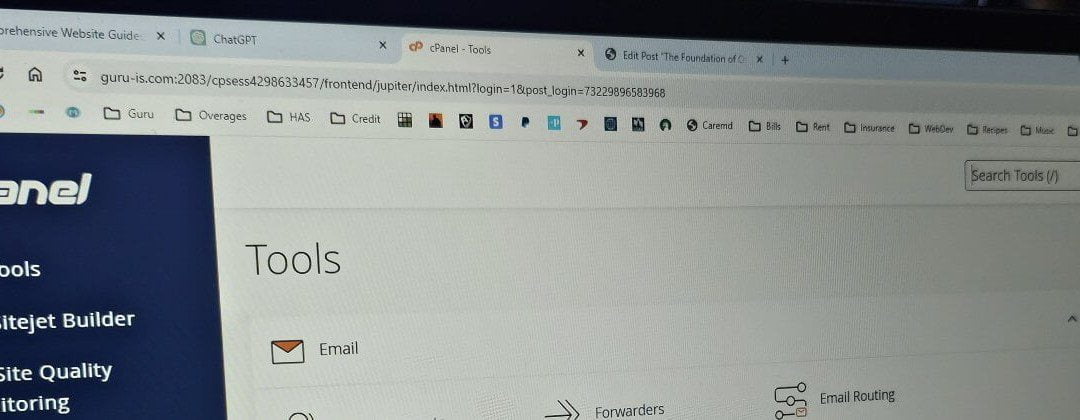
Beyond the Hype: Unveiling the Pitfalls of Hosting Your Website with GoDaddy
Beyond the Hype: Unveiling the Pitfalls of Hosting Your Website with GoDaddy
Choosing the right web hosting provider is a critical decision for anyone looking to establish an online presence. While GoDaddy is a well-known name in the industry, there are several reasons why hosting your website with them might not be the best idea. In this blog article, we’ll explore some of the drawbacks and alternatives to help you make an informed decision for your website hosting needs.
- Performance Concerns: GoDaddy’s shared hosting plans, which are often marketed aggressively, can suffer from performance issues. Slow loading times and unreliable server response can negatively impact your website’s user experience and SEO rankings. Opting for a hosting provider with better performance can ensure your website runs smoothly and efficiently.
- Upselling Tactics: GoDaddy is infamous for its aggressive upselling tactics. Users often find themselves bombarded with additional services and add-ons during the checkout process. This can lead to unexpected expenses and a more complex billing structure. Choosing a hosting provider that offers transparent pricing without constant upselling can simplify your experience.
- Customer Support Challenges: Many users have reported issues with GoDaddy’s customer support. Long waiting times, unhelpful responses, and difficulty in reaching a knowledgeable representative can be frustrating. Consider a hosting provider with reliable and responsive customer support to ensure prompt assistance when you need it the most.
- Limited Scalability: GoDaddy’s hosting plans may have limitations when it comes to scalability. If your website experiences rapid growth or increased traffic, you may find yourself needing to upgrade to a more expensive plan. Exploring hosting providers with better scalability options can save you from future hassles.
- Security Concerns: Security is a paramount concern for any website owner. GoDaddy has faced security issues in the past, and some users have expressed concerns about the overall safety of their websites hosted on the platform. Choosing a hosting provider with a strong emphasis on security features can help safeguard your website and data.
- Control and Customization: GoDaddy’s hosting environment may limit your control over server configurations and customization options. For users who require a high degree of control over their hosting environment, exploring alternatives that offer more flexibility and customization might be a better fit.
Conclusion: While GoDaddy is a popular choice for many due to its brand recognition, it’s essential to weigh the drawbacks and consider alternatives that better align with your website hosting requirements. Researching and comparing different hosting providers can help you find a solution that offers better performance, support, and overall value for your online endeavors.





